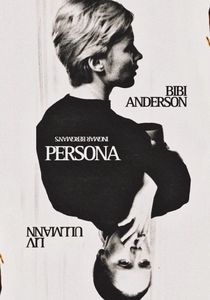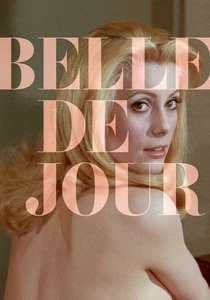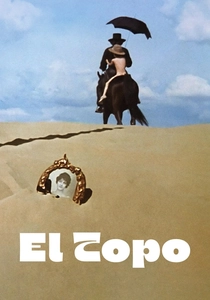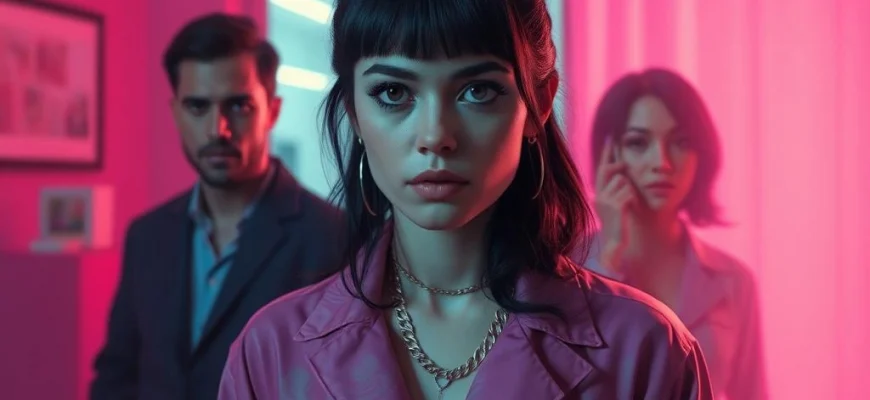If you loved the surreal, meta-narrative style of 'Irma Vep' (1996), you're in for a treat. This article explores 10 similar movies and shows that blend reality and fiction, offering the same offbeat charm and artistic depth. Whether you're a fan of Olivier Assayas or just enjoy unconventional storytelling, these picks will captivate your imagination.

Last Year at Marienbad (1961)
Description: A dreamlike narrative that blurs the lines between memory and reality, with a focus on ambiguous storytelling and visually arresting compositions.
Fact: The film's script was written in the form of a poem, and its nonlinear structure has puzzled audiences and critics for decades.
 Watch Now
Watch Now 
Alphaville (1965)
Description: A dystopian sci-fi film that critiques modern society through a noir-inspired narrative and stark visual style.
Fact: The film was shot entirely in real locations in Paris, without any special effects or futuristic sets.
 Watch Now
Watch Now 
Persona (1966)
Description: A psychological drama that explores identity and duality through surreal and fragmented storytelling, featuring striking black-and-white cinematography.
Fact: The film was initially banned in some countries due to its controversial themes and imagery. It is often cited as one of the greatest films ever made.
 Watch Now
Watch Now 
Daisies (1966)
Description: An anarchic and visually inventive film that challenges societal norms through its playful and surreal narrative.
Fact: The film was banned in its home country for its perceived subversive content and feminist undertones.
 Watch Now
Watch Now 
Belle de Jour (1967)
Description: A provocative exploration of fantasy and reality, centered around a woman's double life, with a stylish and enigmatic visual approach.
Fact: The film was based on a novel that was itself inspired by real-life accounts of a high-class prostitute.
 Watch Now
Watch Now 
Weekend (1967)
Description: A darkly comedic and chaotic film that critiques consumer culture through its absurd and violent narrative.
Fact: The film features one of the longest tracking shots in cinema history, lasting over seven minutes.
 Watch Now
Watch Now 
The Color of Pomegranates (1969)
Description: A poetic and visually stunning film that uses symbolic imagery and non-linear storytelling to explore the life of a poet.
Fact: The film was heavily censored upon its release and was not seen in its original form for decades.
 Watch Now
Watch Now 
El Topo (1970)
Description: A surreal and violent allegory that blends Western and avant-garde elements, with a focus on existential themes.
Fact: The film became a cult hit after its midnight screenings in New York, leading to the rise of the 'midnight movie' phenomenon.
 Watch Now
Watch Now 
The Discreet Charm of the Bourgeoisie (1972)
Description: A satirical take on bourgeois society, blending surrealism with dark humor and a non-linear narrative structure.
Fact: The film won the Academy Award for Best Foreign Language Film, despite its unconventional and often absurd plot.
 Watch Now
Watch Now 
The Tenant (1976)
Description: A psychological thriller that delves into themes of paranoia and identity, featuring claustrophobic visuals and an unsettling atmosphere.
Fact: The film was shot in the same Parisian apartment building where the director lived, adding to its eerie authenticity.
 Watch Now
Watch Now 








